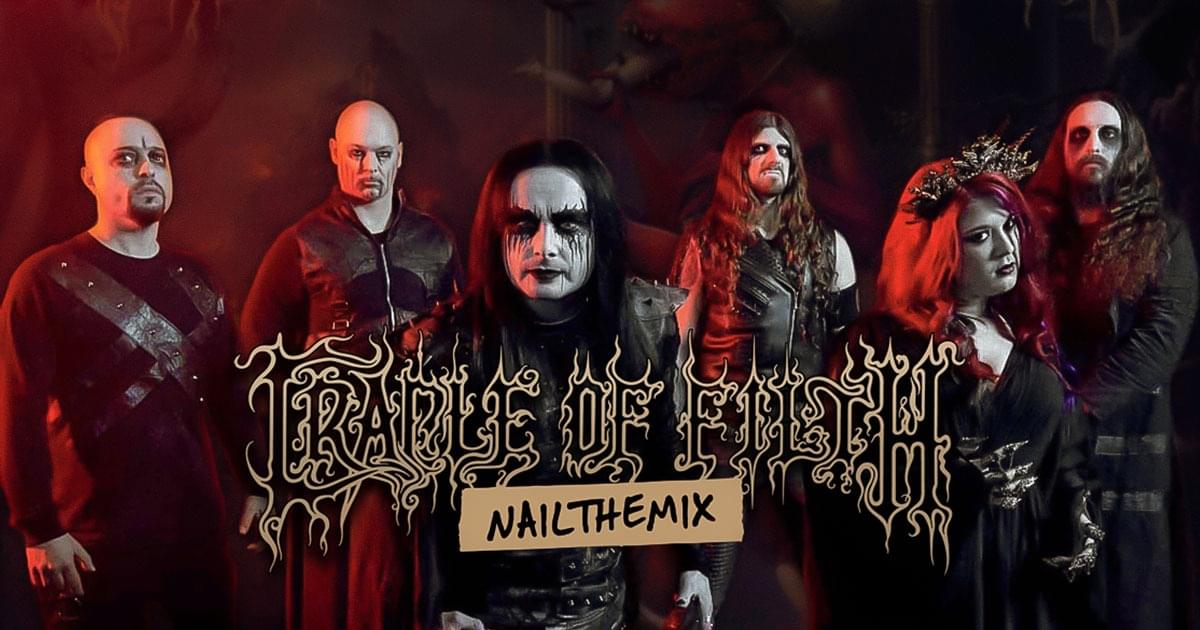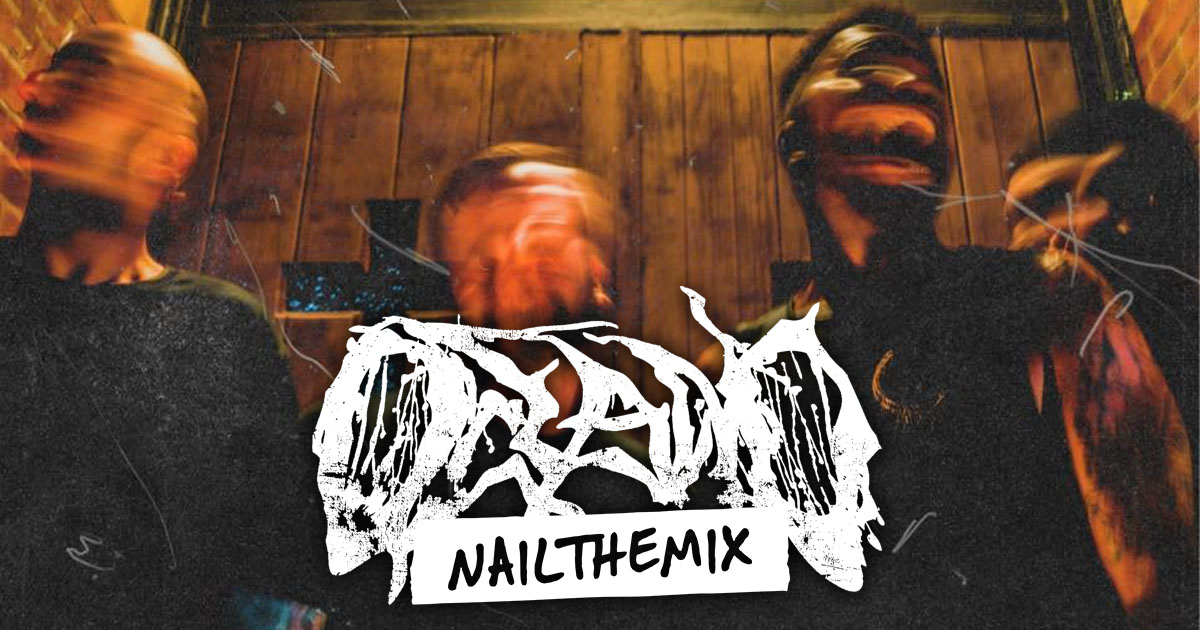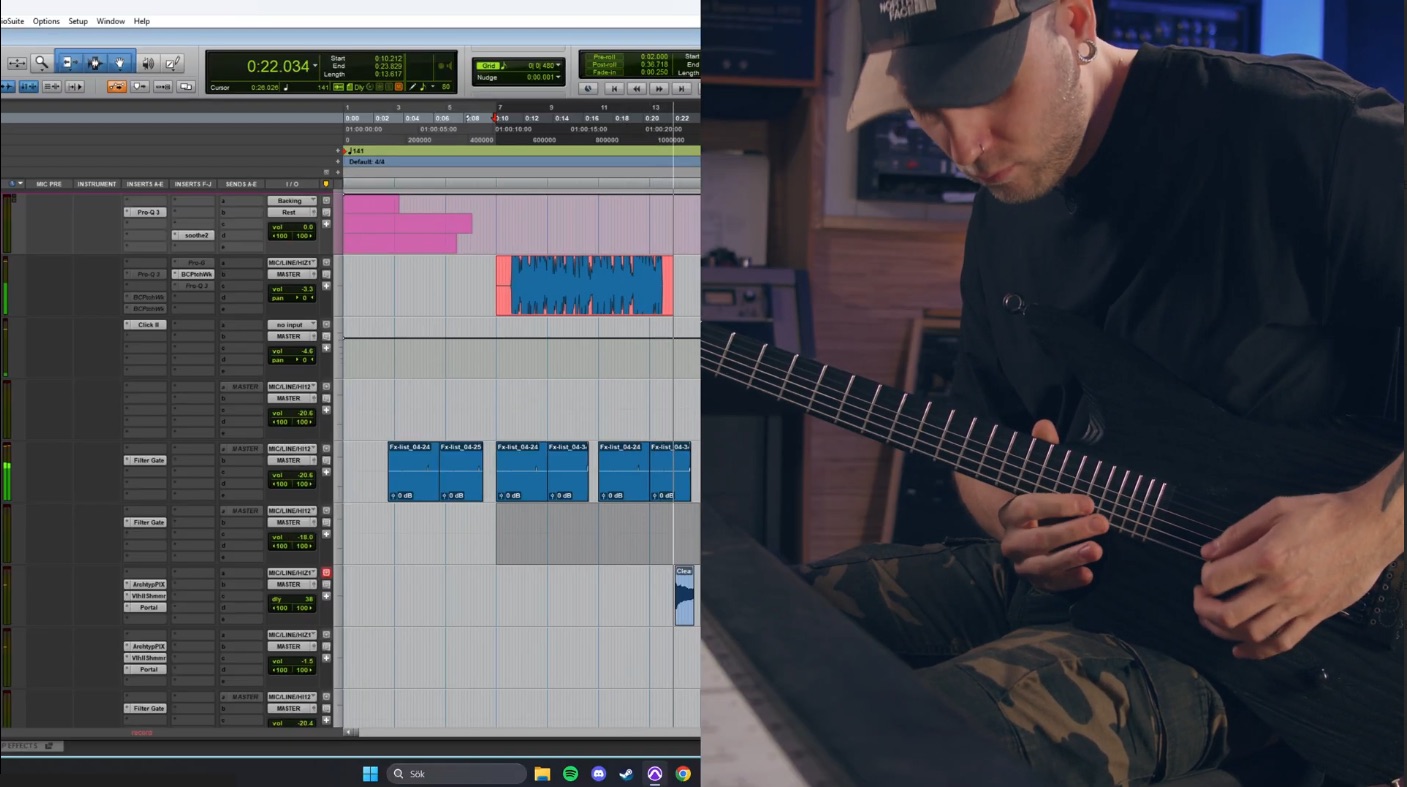
Crafting The Iconic Cradle Of Filth Vocal Sound w/ Scott Atkins
Nail The Mix Staff
Tackling Dynamics: The Key to a Consistent Vocal
One of the biggest hurdles with a vocalist like Dani is the sheer dynamic range. He moves between one and four vocal stacks at a time, causing massive, unpredictable volume jumps. If you just slap a compressor on it, you’ll be chasing your tail for the entire mix. Scott Atkins employs a multi-stage approach to get it under control.
Manual Volume Riding: The First Step
Before any plugin even touches the vocal bus, there’s manual labor to be done. Scott rides the volume of the individual vocal tracks, lowering the gain on the stacked sections before they hit the group bus. By pre-balancing the tracks, the bus compressor and Vocal Rider have to do far less work, leading to a much more natural and controlled sound. It prevents the processor from over-squashing a section just because three new vocal layers suddenly appeared.
The Power of Vocal Rider
On the main vocal bus, a plugin like Waves Vocal Rider is a lifesaver. After the initial manual leveling, this plugin does the fine-tuning, automatically adjusting the gain to keep the vocal at a consistent target level. This ensures the vocal stays present and upfront without needing constant fader adjustments, freeing you up to focus on the mix as a whole.
A Two-Stage Compression Attack
Even with all that automation, you still need compression to smooth things out and add character.
Tracking Compression: The vocals are already lightly compressed on the way in, using a hardware Distressor for about 5-6 dB of gain reduction. This isn’t about slamming the vocal, but rather catching the initial peaks and adding some analog character from the start.
Mixing Compression: In the box, another layer of compression is added. Using a plugin modeled on a classic like the LA-2A, Scott applies about 3 dB of gain reduction with a fairly fast attack and a long release. This further glues the vocal together and enhances its sustain without killing the dynamics that make the performance so powerful.
Sculpting the Vocal Tone with EQ and Saturation
Once the dynamics are in check, it’s all about shaping the tone so it’s aggressive and present, but not harsh.
Taming Harshness: De-Essing and Filtering
Dani’s rapid-fire delivery can create a lot of sibilance. A de-esser is placed early in the chain to gently control those harsh “s” sounds without making them sound unnatural. The goal is to tame them, not remove them. A high-pass filter is also used to keep any unnecessary low-end rumble and excessive low-mid buildup under control, ensuring the vocal doesn’t muddy up the guitars and bass. Another de-esser is often placed at the very end of the chain to catch any new harshness introduced by the subsequent processing.
The “In-Your-Face” Presence Boost
To make the vocal cut through the wall of guitars, a significant presence boost is key. Scott is a big fan of the UAD EQP-1A, using it to add a healthy boost around 5kHz. This is the frequency range that gives vocals that “in your face” quality, pushing them to the front of the mix. This isn’t a subtle move; it’s about making sure Dani is heard clearly over everything. If the vocal needs a bit more body, the EQP-1A also makes it easy to dial in a touch of 100Hz. For a complete guide on these kinds of moves, explore our EQ Strategies for Modern Metal.
Adding Non-EQ “Sweetness”
For an extra bit of high-end sparkle that doesn’t feel like a typical EQ boost, Scott uses a plugin that emulates a Dolby A-type noise reduction unit (like the APHEX Vintage Aural Exciter). Pushing this kind of processor adds a unique “sweetness” and air to the top end that helps the vocal shine without becoming brittle.
Tone Without the Drive: A Decapitator Trick
Here’s a great pro trick: sometimes a saturation plugin is best used for its tonal character, not its distortion. Scott uses a Soundtoys Decapitator on the vocal, but with the drive knob set to zero. He’s simply using the plugin’s tone control to shape the sound, adding a specific character that a standard EQ might not provide.
Creating Space Without Clouding the Mix
With a vocalist this fast, long reverbs and delays are a recipe for disaster. They’ll just trip over the words and create a washy, unintelligible mess.
Reverb: Less is More
Clarity is everything. The vocal reverb is kept short and subtle. In fact, Scott often starts with a simple factory preset that has the right pre-delay and length, ensuring it adds a sense of space without creating a long, overwhelming tail that would obscure the next lyric.
Widening the Vocal with Pitch and Chorus
To give a lead vocal more space and make it feel bigger (especially on sections with just a single vocal track), a bit of stereo width is essential. A simple pitch-spreader or chorus effect does the trick. By creating slightly pitch-shifted copies of the vocal and panning them left and right, you take the mono source and give it a wide, commanding presence in the stereo field.
The Filth Philosophy: Layering and Creative FX
Dani and Scott have specific rules and a creative-first approach that defines the final sound.
The Rules of Vocal Stacking
Cradle of Filth vocals are all about layers, but with a strict rule: never double-track the lead vocal with the same performance. Extra voices are only added if they are a different voice—a higher scream, a lower growl, or a specific backing vocal part. This keeps each layer distinct and purposeful.
Leaning into Creative Effects
Sometimes, the most memorable part of a song comes from a “happy accident.” Scott recalls finding a unique tremolator effect that, after much experimentation, became a central hook of a song. On another track, a “mad” plugin called Game Chaos was used for a wild low-octave effect that perfectly suited the madness of the song. The lesson? Don’t be afraid to experiment and follow a creative path.

100+ Insanely Detailed Mixing Tutorials
We leave absolutely nothing out, showing you every single step
Putting It All Together
Mixing Dani Filth’s vocals is a masterclass in dynamic control and tonal precision. By combining manual automation with plugins like Vocal Rider, using multi-stage compression, applying aggressive but smart EQ, and keeping time-based effects tight, you can achieve a vocal that is both monstrous and crystal clear.
These techniques provide an incredible blueprint you can start using today. But imagine watching a pro like Scott Atkins actually apply them in real-time, explaining every decision as he builds the mix from scratch. With Nail The Mix, you get to do just that.
Cradle of Filth on Nail The Mix
Scott Atkins mixes "Crawling King Chaos"
Get the Session
Every month, you get the real multi-tracks from a massive metal song and watch the original producer mix it in a full-day, live-streamed session. You can see how they get these insane vocal tones to sit with crushing guitars, thunderous bass, and powerful drums. Check out the full Cradle of Filth session with Scott Atkins to see these techniques in action. If you’re ready to move beyond presets and truly unlock your sound, this is your chance to learn directly from the best in the business. Don’t just read about it; see exactly how it’s done with the Cradle of Filth Nail The Mix session.
Get a new set of multi-tracks every month from a world-class artist, a livestream with the producer who mixed it, 100+ tutorials, our exclusive plugins and more
Get Started for $1





